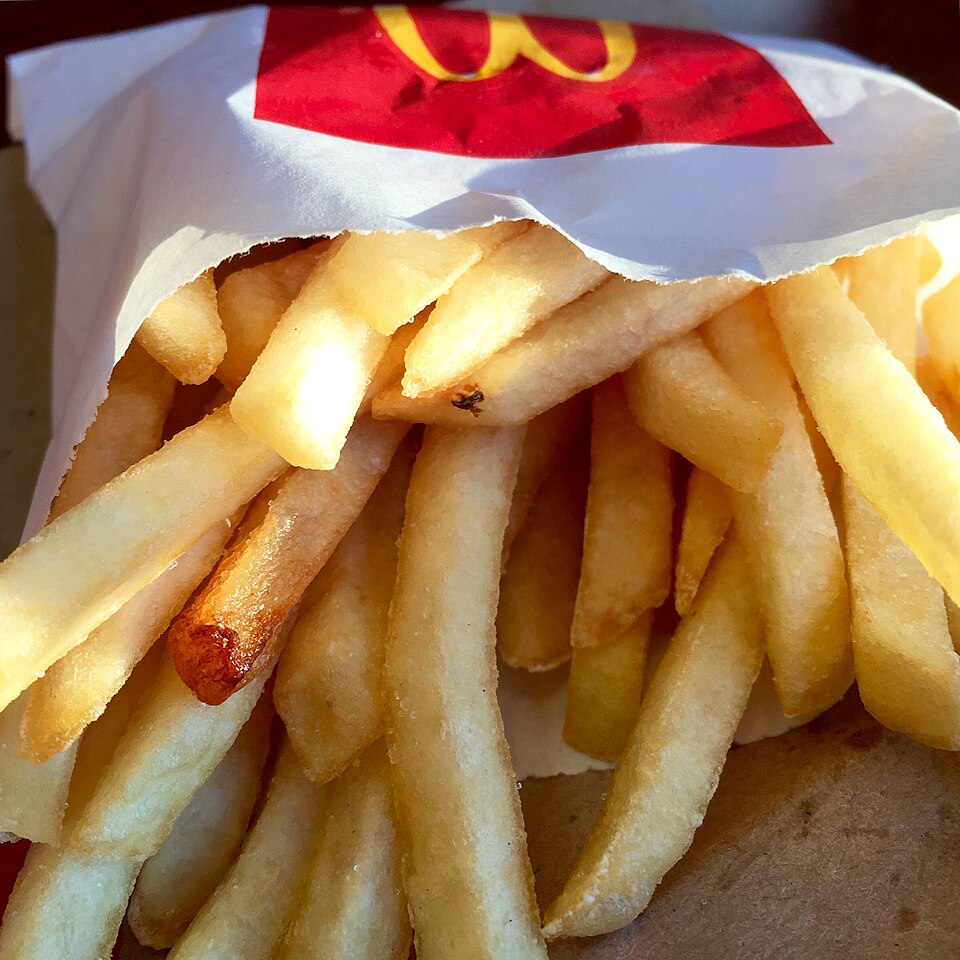Those pivots ripple far beyond freight invoices. Ayurveda’s clinical claims rest on specific phytochemical profiles that reflect soil, climate, and traditional post-harvest handling. Rapidly rerouting supply chains risks breaking the link between centuries-old practices and reliable potency, raising the stakes for consumers and regulators alike.
Industry Snapshot
- The American Herbal Products Association (AHPA) is advocating tariff exemptions for essential herbs and has assembled a tariff-focused toolkit and template comments for members.
- Additional duties on Indian botanicals and Section 301 tariffs on Chinese plastic bottles are nudging brands to reassess sourcing, including greater use of alternative origins and, in some cases, precision-fermentation ingredients.
- Premium labels are expanding identity testing and third-party certifications; cost-focused lines face pressure to adjust extract ratios or rely more heavily on bulking agents, deepening the market’s quality split.
- Uncertainty around how long higher duty rates will remain in place, combined with ongoing concerns about adulteration and quality, continues to cloud long-term contracting.
Tariff flashpoints
India lost duty-free Generalized System of Preferences status in 2019, so its botanicals already enter under most-favoured-nation rates. The proposed fifty-percent tariff described in SupplySide SJ coverage effectively layers a new twenty-five-percent duty under the International Emergency Economic Powers Act (IEEPA) on top of existing tariffs, raising landed prices for staples such as ashwagandha, turmeric, and black pepper.
Packaging is hit from another direction. A Customs and Border Protection ruling cited by TradeLawDaily keeps empty high-density-polyethylene supplement bottles from China within a tariff line that draws both a base duty and an additional twenty-five-percent Section 301 charge, for a combined ad valorem rate in the high twenties. That limits reclassification options and cements higher costs for standard stock packaging.
With few escape valves, supply-chain managers began calculating compound tariff exposure across both raw materials and packaging. For finished products that rely on Indian herbs subject to a fifty-percent duty and Chinese bottles facing layered tariffs, the effective tariff load on key inputs can approach or exceed half of their customs value before domestic manufacturing costs enter the picture.
Corporate triage: supply-chain pivots
Larger firms moved first. SupplySide reporting describes companies examining forward contracts, building inventories ahead of tariff deadlines, and diversifying origin mixes so that supply is not tied solely to India. The strategy echoes earlier manufacturing diversification: reduce single-country exposure even when alternatives are less familiar or initially more costly.
Domestic cultivation is part of the response but remains constrained. In southern Oregon, Banyan Farm operates a certified-organic farm growing herbs including ashwagandha and tulsi for botanical brands. AHPA notes that U.S. farmers do cultivate some ashwagandha, yet the total domestic supply still pales in comparison with demand from the supplement and natural-products markets.
A parallel bet lies in biotechnology. A product sheet from New Bellus describes fermented ashwagandha powder produced with patented continuous closed submerged fermentation technology that standardizes active substances batch after batch. Because production takes place in tanks rather than open fields, supporters position this approach as less exposed to seasonal variability and regional climate shocks than conventional agriculture.
Regulation is not standing still. The European Food Safety Authority’s 2024 supporting publication on cell culture-derived foods and food ingredients, available via EFSA, indicates that precision-fermentation and cell-culture-based ingredients will be assessed under novel-food frameworks in Europe. U.S. companies that lean on these technologies to buffer tariff and climate risk may therefore face parallel regulatory reviews in export markets.
Quality ripple effects
Phytochemical drift is not hypothetical. Reporting by NutraIngredients describes how climate change, irrigation shifts, and the use of aerial plant parts are affecting withanolide content in ashwagandha and complicating quality control across multiple medicinal plants. Experts cited in that coverage link rapid demand growth and altered agronomic practices to lower average levels of key constituents and more complex contamination risks.
Price shocks historically correlate with adulteration. A review in Natural Product Reports estimated adulteration frequencies for several popular botanicals, with ginkgo products showing adulteration in about fifty-seven percent of tested commercial samples and overall averages near twenty-seven percent across five herb categories. A companion study in Exploratory Food and Foodomics documented mislabeling in U.S. ashwagandha supplements, finding that none of the products examined contained the labeled root extract and instead relied on alternative plant material or formulations.
Experts quoted by NutraIngredients note that higher prices, including those driven by tariffs, can increase incentives for substitution and dilution, especially when companies pivot quickly to cheaper, less-vetted suppliers. That dynamic raises the stakes for robust chain-of-custody documentation and orthogonal identity testing.
Premium brands respond by layering methods such as high-performance thin-layer chromatography, advanced chromatographic assays, and, in some cases, DNA-based tools and isotope analysis, as recommended in the Natural Product Reports review. Some also pursue United States Pharmacopeia or Non-GMO Project-style seals to signal transparency. Budget labels, by contrast, often have less room to absorb costs and may gravitate toward lower extract ratios, mixed plant parts, or greater use of bulking agents, widening the perceived gap between economy and premium offerings.
Consumers, meanwhile, still face limited visibility into these choices. Online listings rarely present full assay data, and third-party seals remain unevenly adopted across Ayurveda-oriented stock-keeping units. The result is a persistent information asymmetry just as tariff-driven cost pressure peaks.
Regulatory and policy landscape
Regulators have long used import alerts and warning letters in cases where botanical supplements contain undeclared pharmaceutical analogs or fail basic identity testing. Tariffs do not change those safety statutes, but higher duties can shift sourcing toward lower-cost or unfamiliar suppliers, increasing the importance of vigilant quality-control programs and clear documentation for every lot.
The AHPA is lobbying for targeted tariff relief on herbs considered critical to traditional formulations, posting template comments and toolkit materials on its website and in op-eds carried by SupplySide SJ. Trade commentary in those pieces notes that many high-demand botanicals used in U.S. products cannot be grown domestically at scale, making broad, long-term tariff regimes a direct tax on wellness products rather than a spur to local cultivation.
Across the Atlantic, the European Food Safety Authority’s discussion paper on cell-culture-derived foods and ingredients suggests that precision-fermentation products will require novel-food evaluations before entry into the EU market. U.S. companies hoping to offset domestic tariff costs with European sales may therefore need to navigate both customs duties at home and novel-food dossiers abroad.
Market outlook 2025–2028
Consultancies and trade publications model three broad tariff trajectories rather than a single forecast. In an escalation scenario, compound tariffs keep landed herb costs thirty to fifty percent higher than pre-crisis levels, accelerating investment in controlled-environment agriculture and lab-grown actives. Under a status-quo path, uncertainty over the duration of fifty-percent duties and related negotiations still deters long-term contracts and keeps working-capital needs elevated. A détente would ease some pressure but is unlikely to reverse diversification and testing budgets that brands have already built into their cost structures.
Strategists emphasize a few recurring themes: inventory hedging on critical, slow-moving stock-keeping units; transparent marketing around assay protocols and origin; and cooperative domestic farming ventures that spread agronomic risk across multiple labels. Most observers expect a sustained tilt toward premium products that can justify higher prices through verified potency and traceability, leaving discount categories to compete over a narrower band of price-sensitive shoppers.
Conclusion
Ayurveda’s journey from Indian fields to American shelves now runs through tariff tables and policy dockets as much as agronomy. Whether duties tighten further or ease, the market appears to be tilting toward two distinct futures: tech-heavy, traceable premium capsules and low-cost blends whose provenance and phytochemical profile are harder to verify.
Clinical researchers are only beginning head-to-head trials that compare greenhouse-grown or fermented actives with field-grown Indian herbs. Until those data accumulate, tariff policy, climate shifts, and supply-chain engineering will keep shaping what American shoppers encounter as “authentic” Ayurveda.
Sources
- "Tariff increase threats shake India ingredients market." SupplySide SJ, 2025.
- "CBP NY ruling N340940 on empty HDPE bottles." TradeLawDaily, 2024.
- "Climate change, quality loss, and adulteration." NutraIngredients, 2025.
- "Estimating the extent of adulteration of popular botanicals." Natural Product Reports, 2024.
- Schatzmann B., Klampfl C., Buchberger W. "Detecting wrong labeling of Ashwagandha extracts." Exploratory Food and Foodomics, 2024.
- "About Banyan Farm." Banyan Farm, 2025.
- "Fermented Ashwagandha product sheet." New Bellus Enterprises, 2025.
- "Cell Culture-derived Foods and Food Ingredients." European Food Safety Authority, 2024.
- "Imported Herb Tariffs Impact U.S. Wellness Industry." SupplySide SJ, 2025.
- "AHPA Tariff Toolkit and Comments." American Herbal Products Association, 2025.




